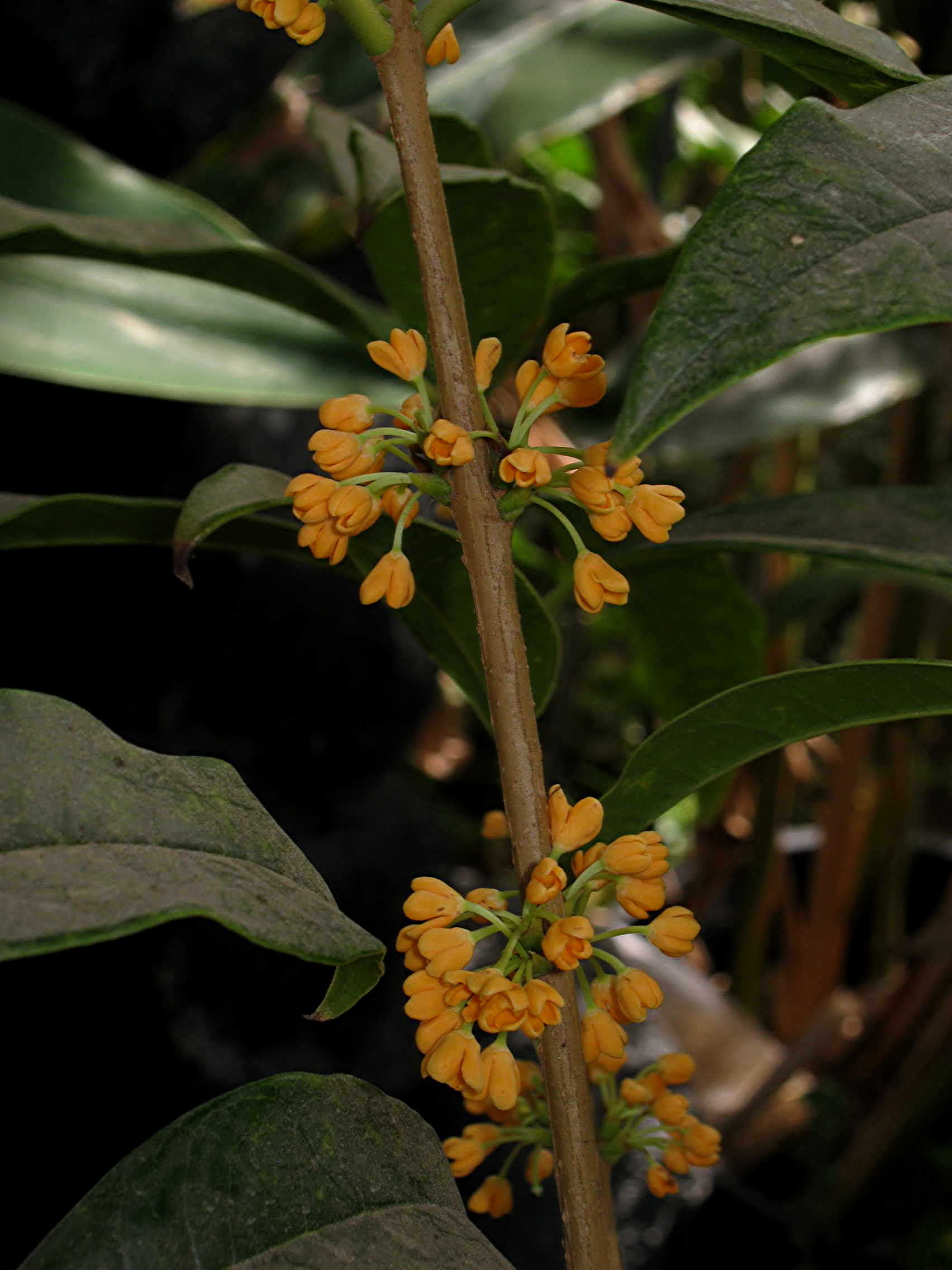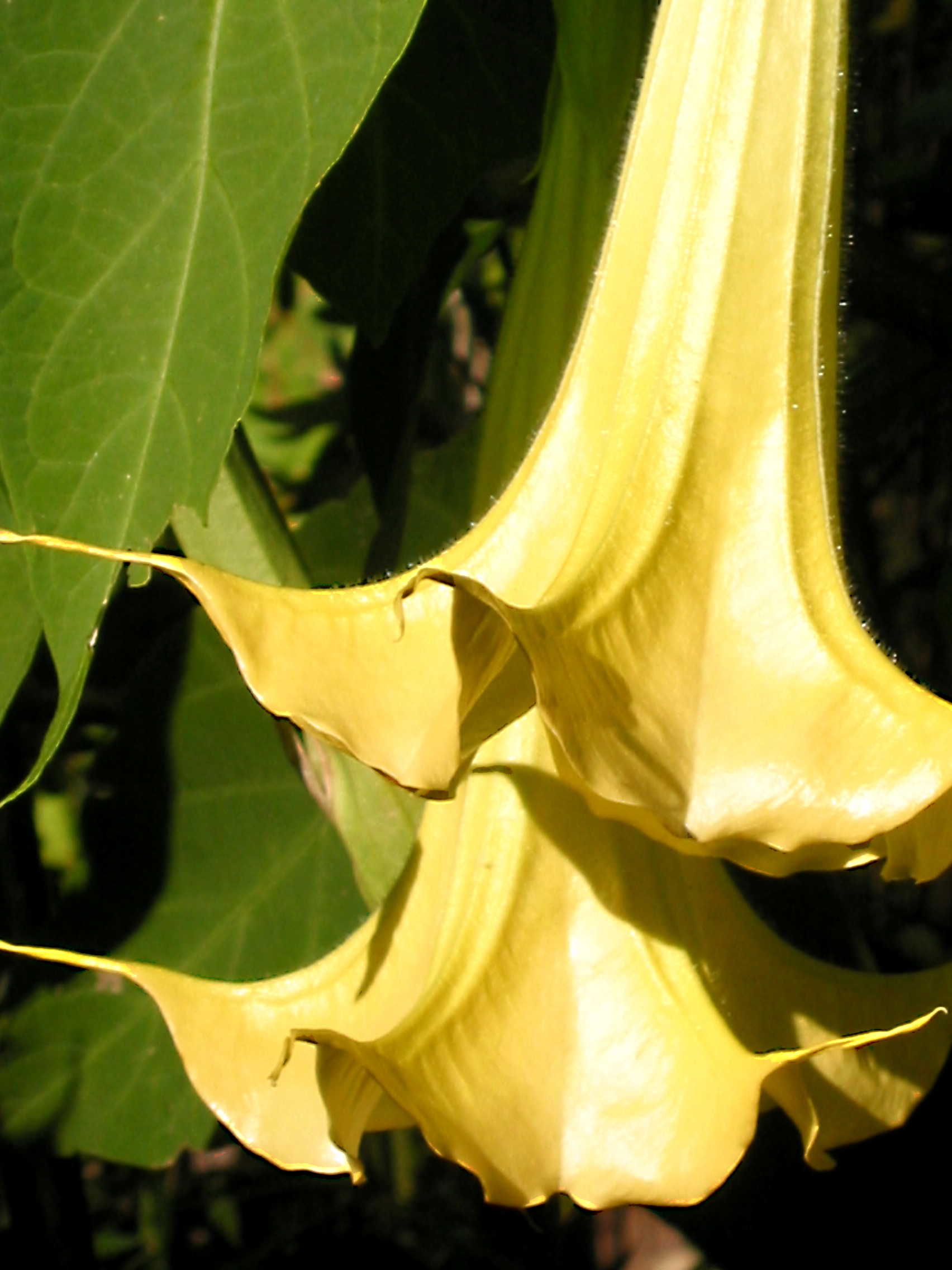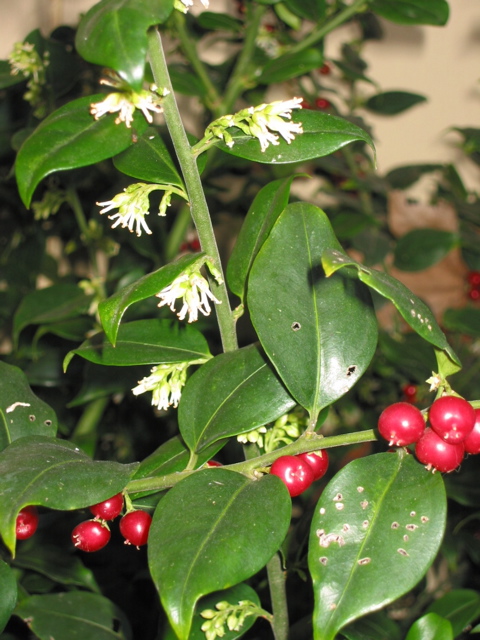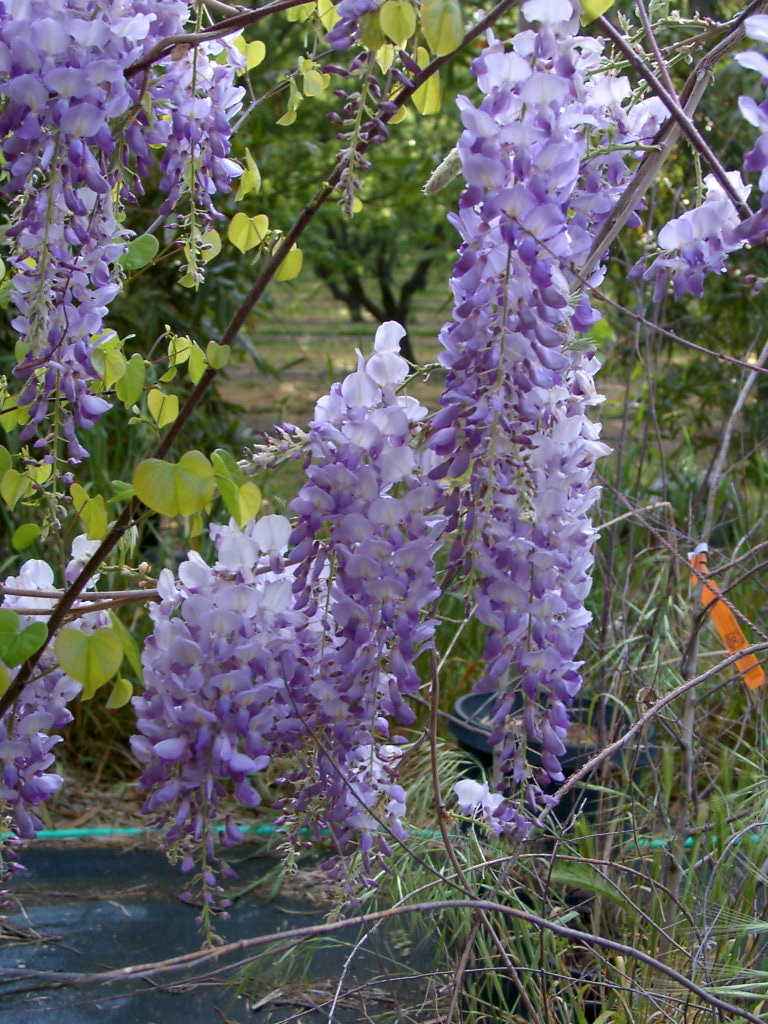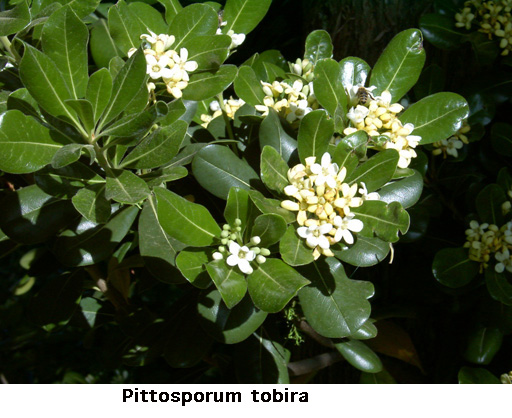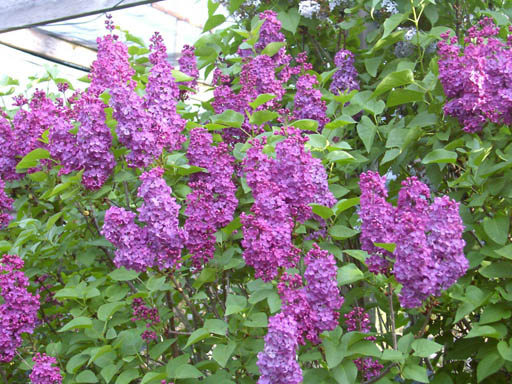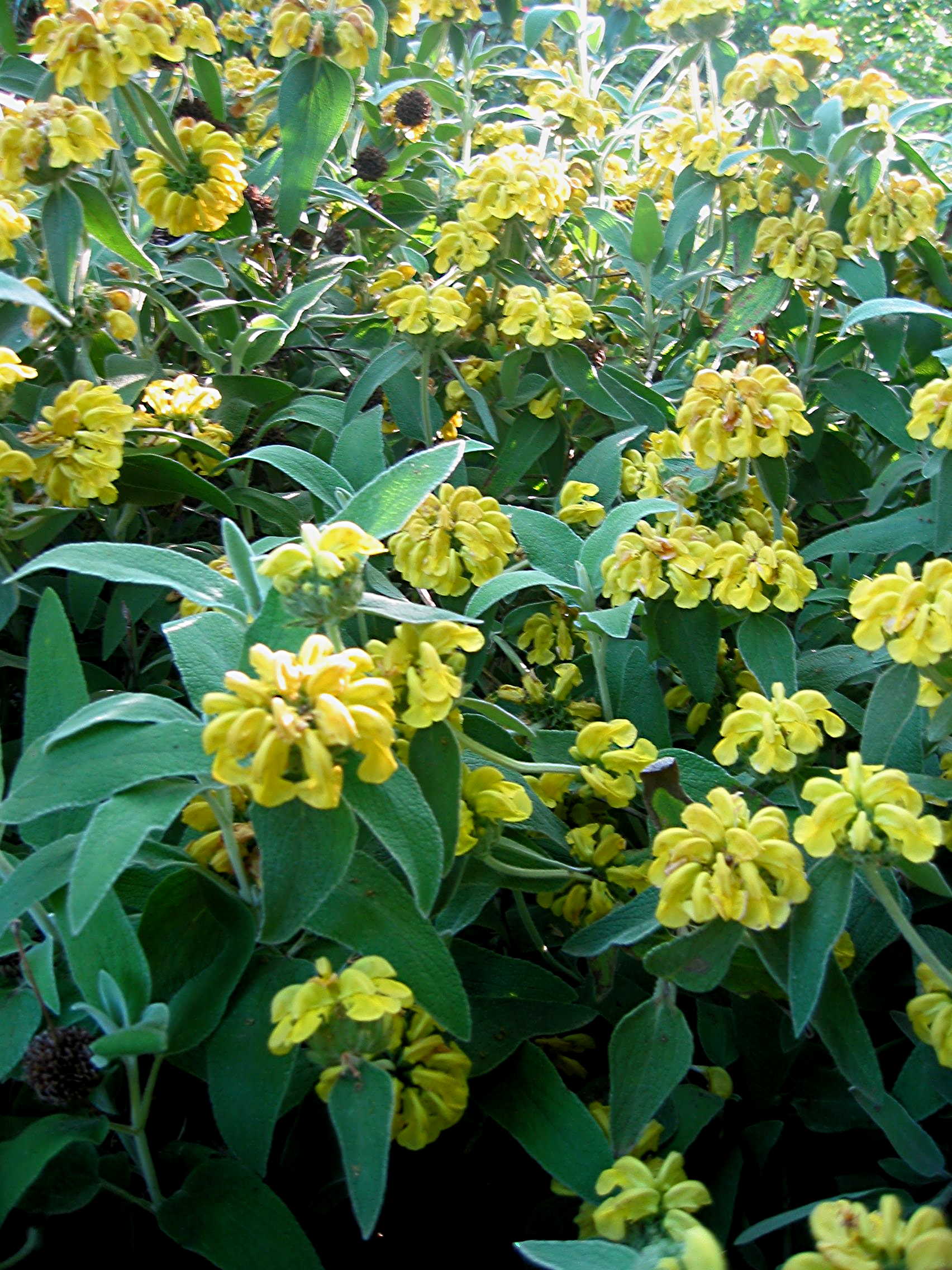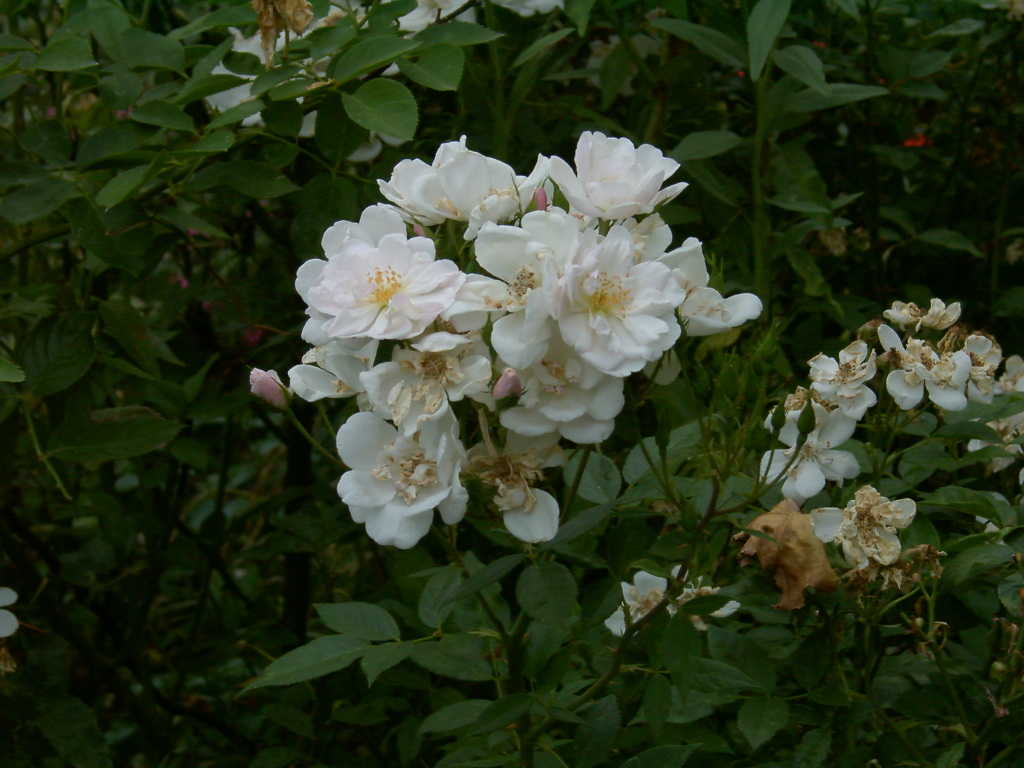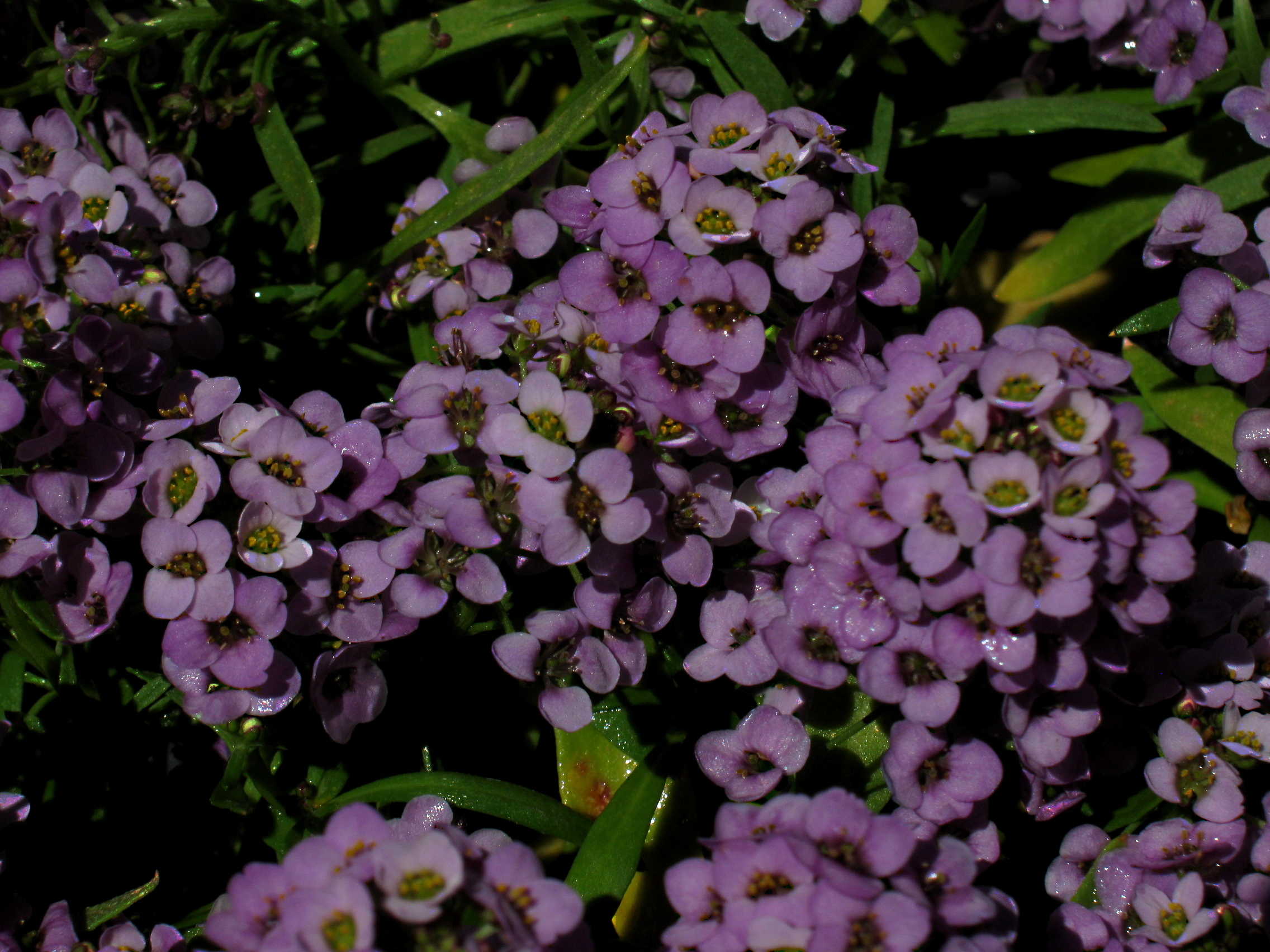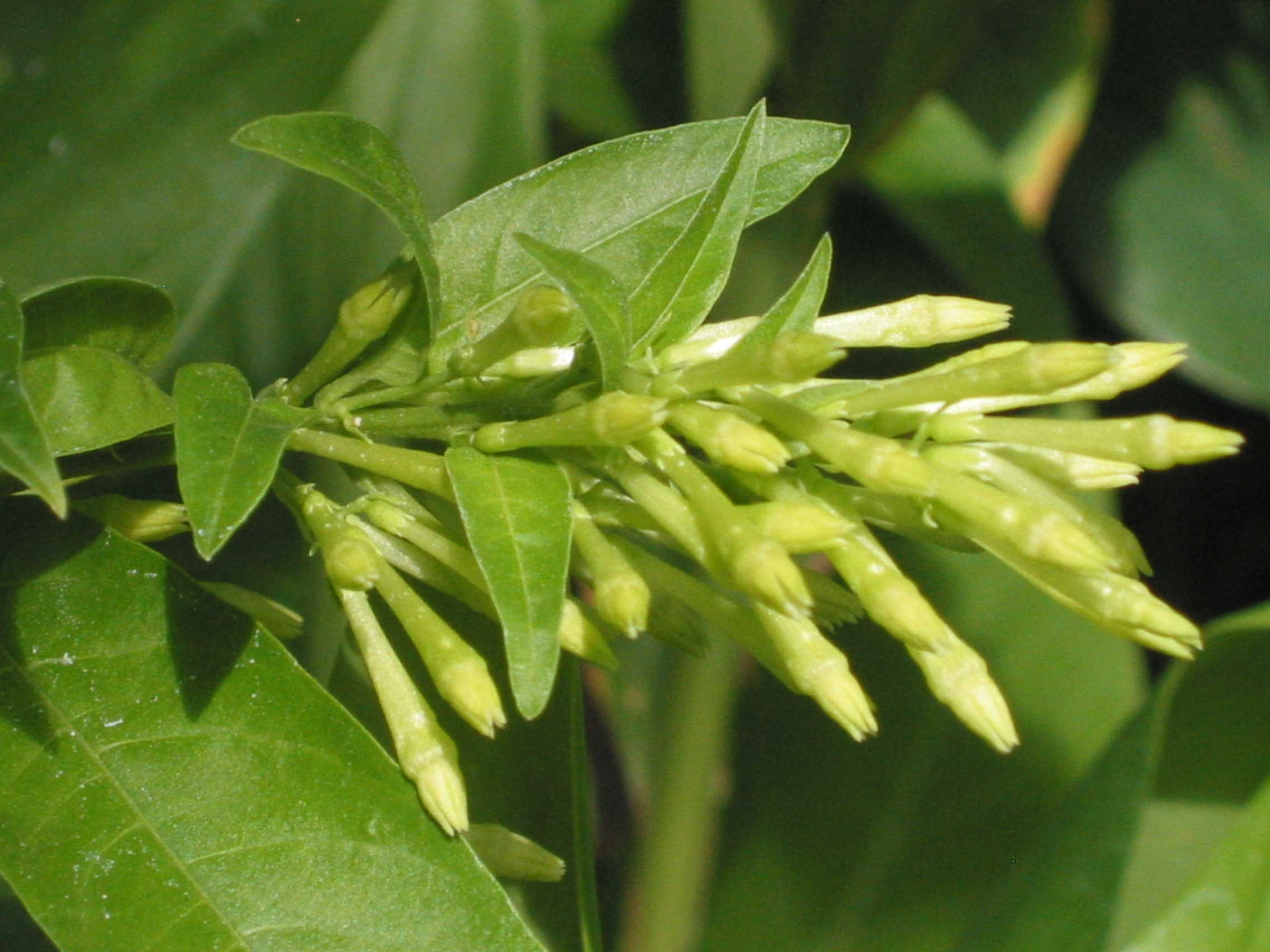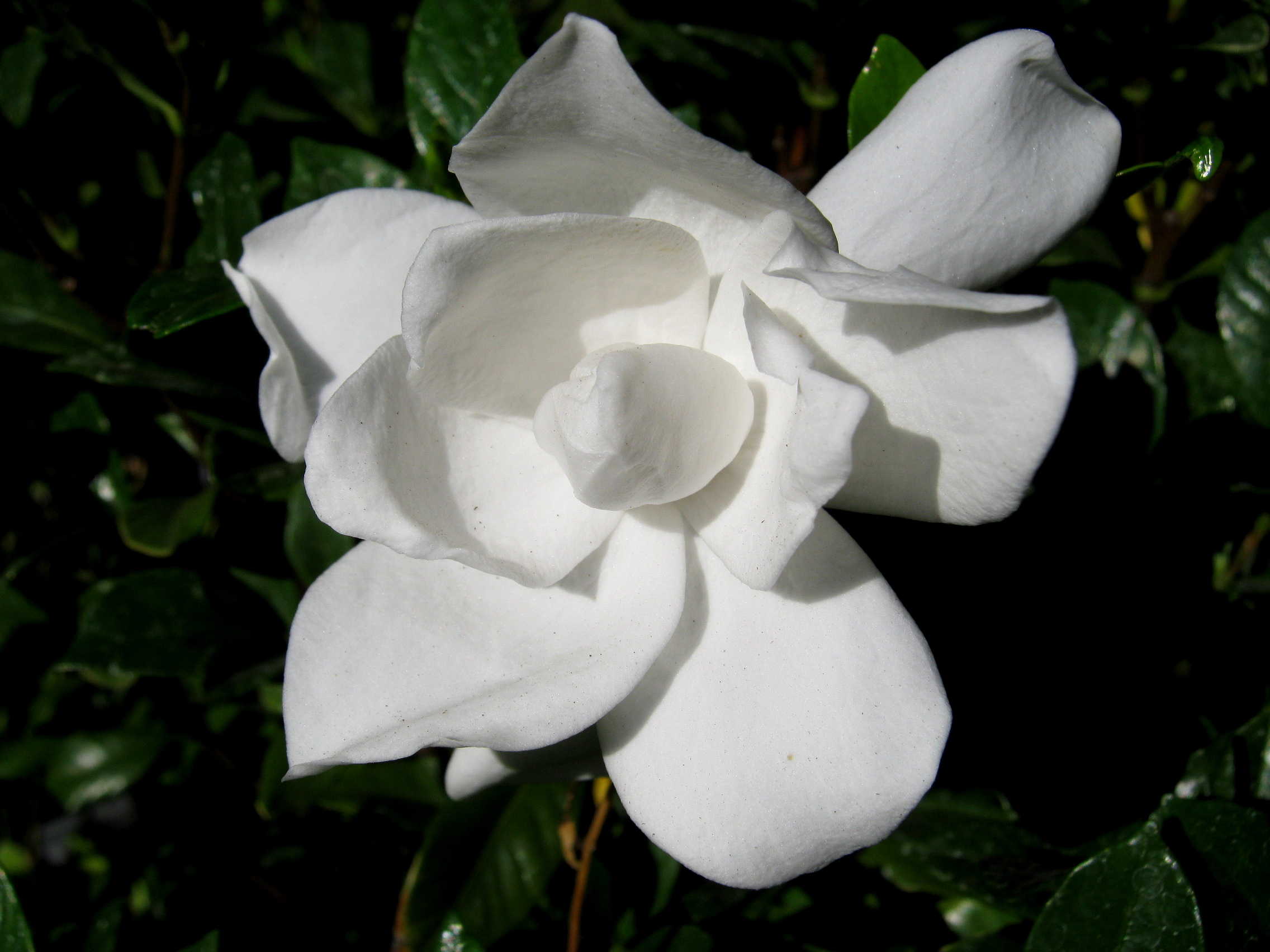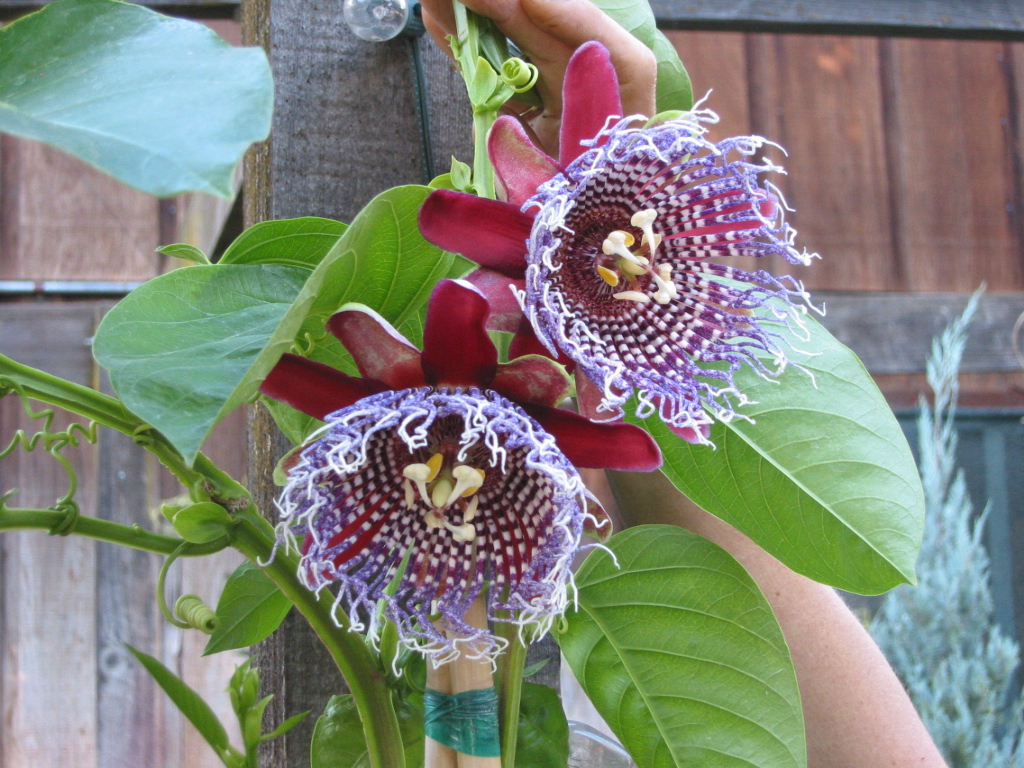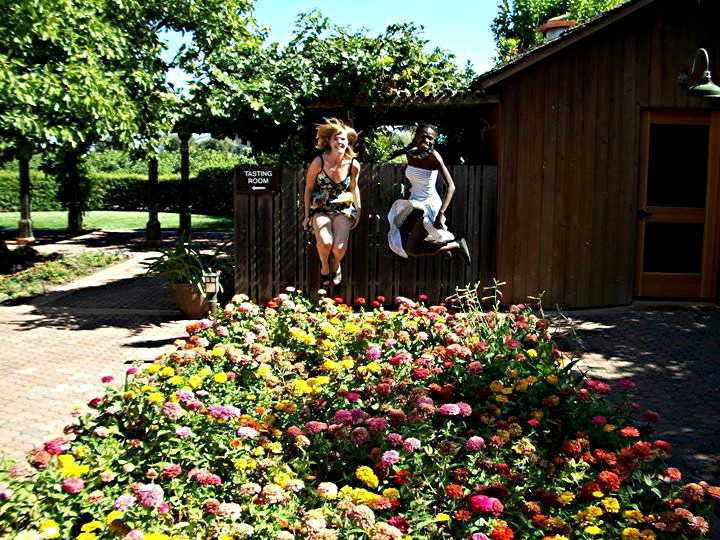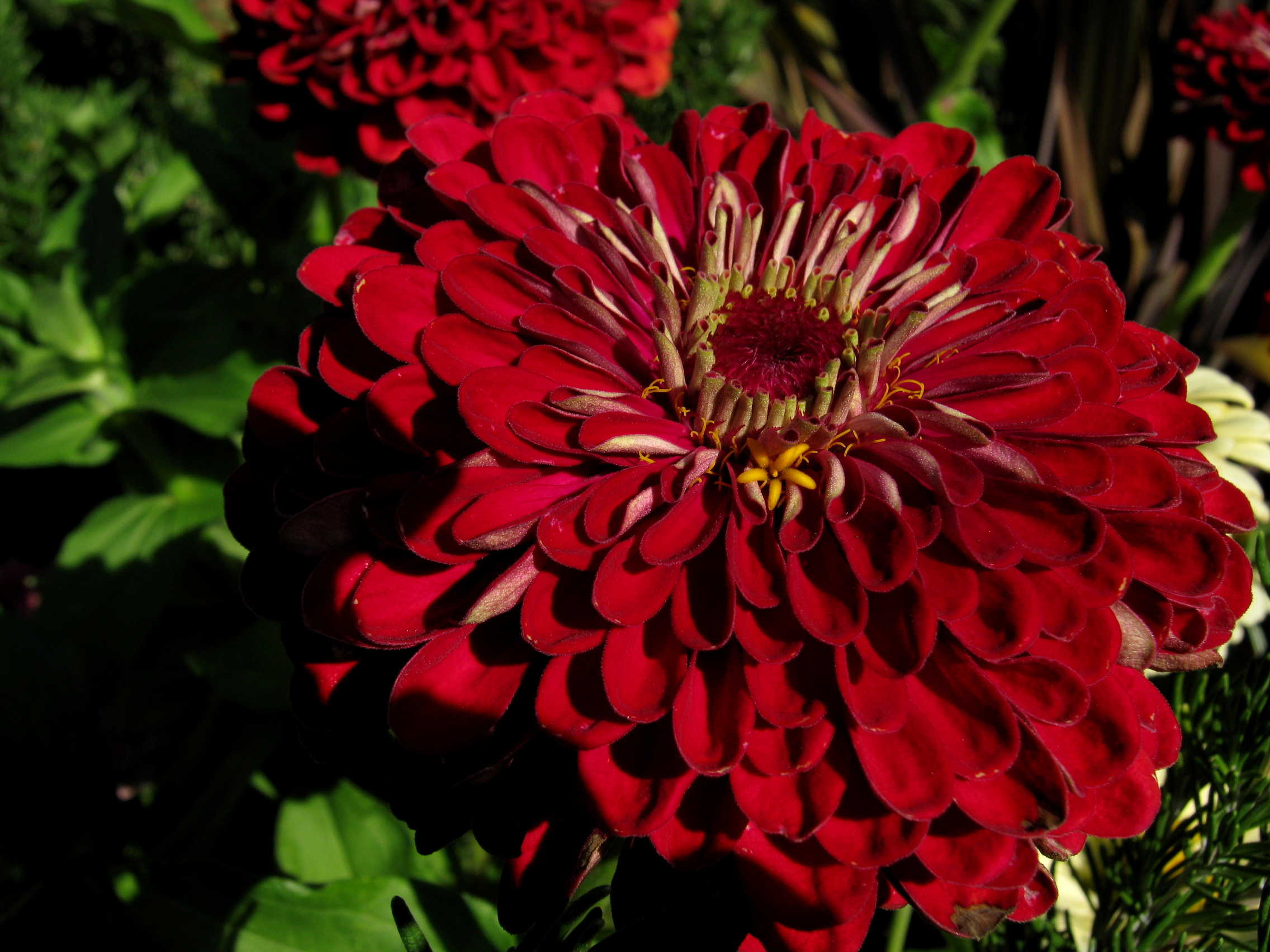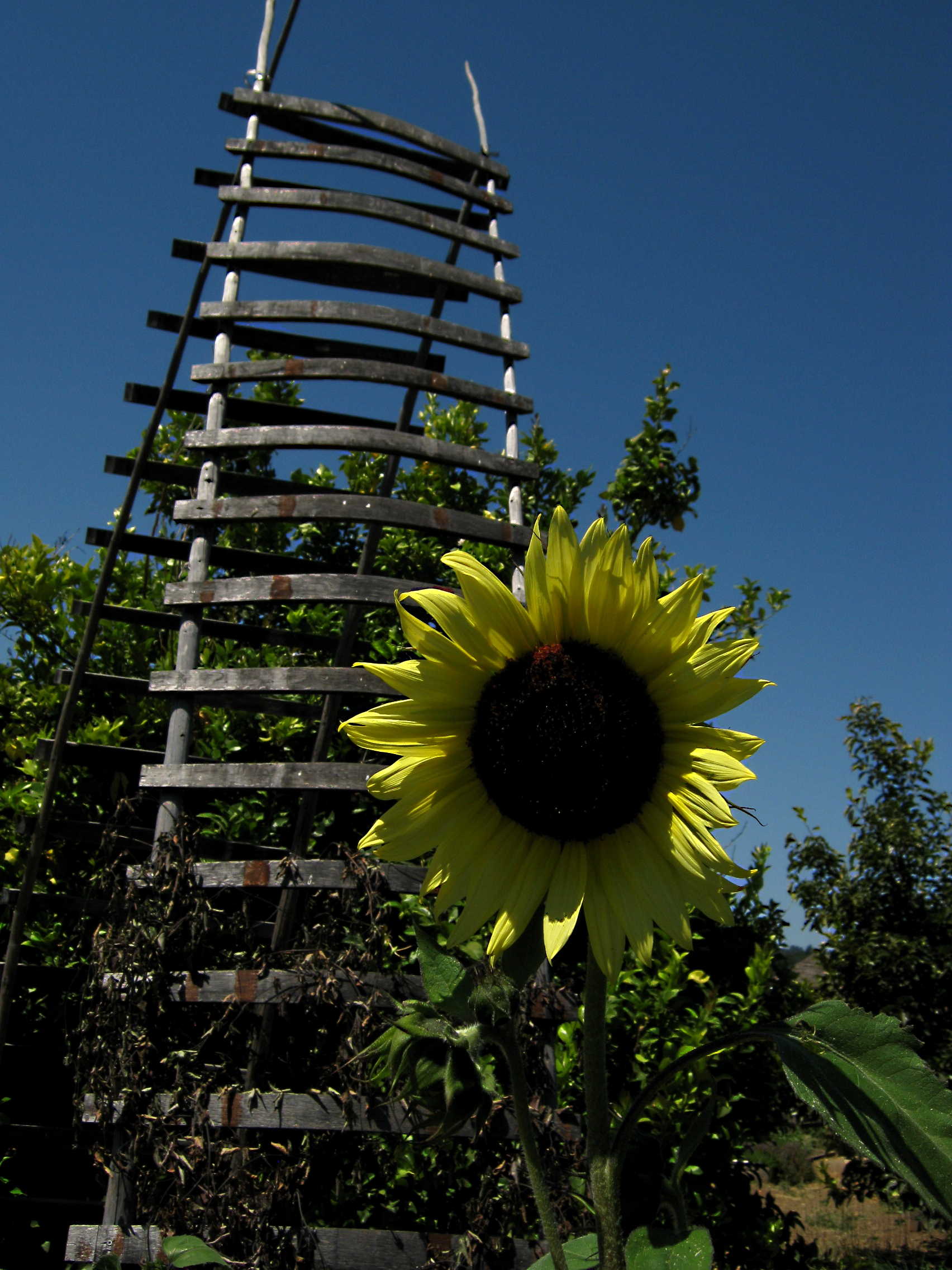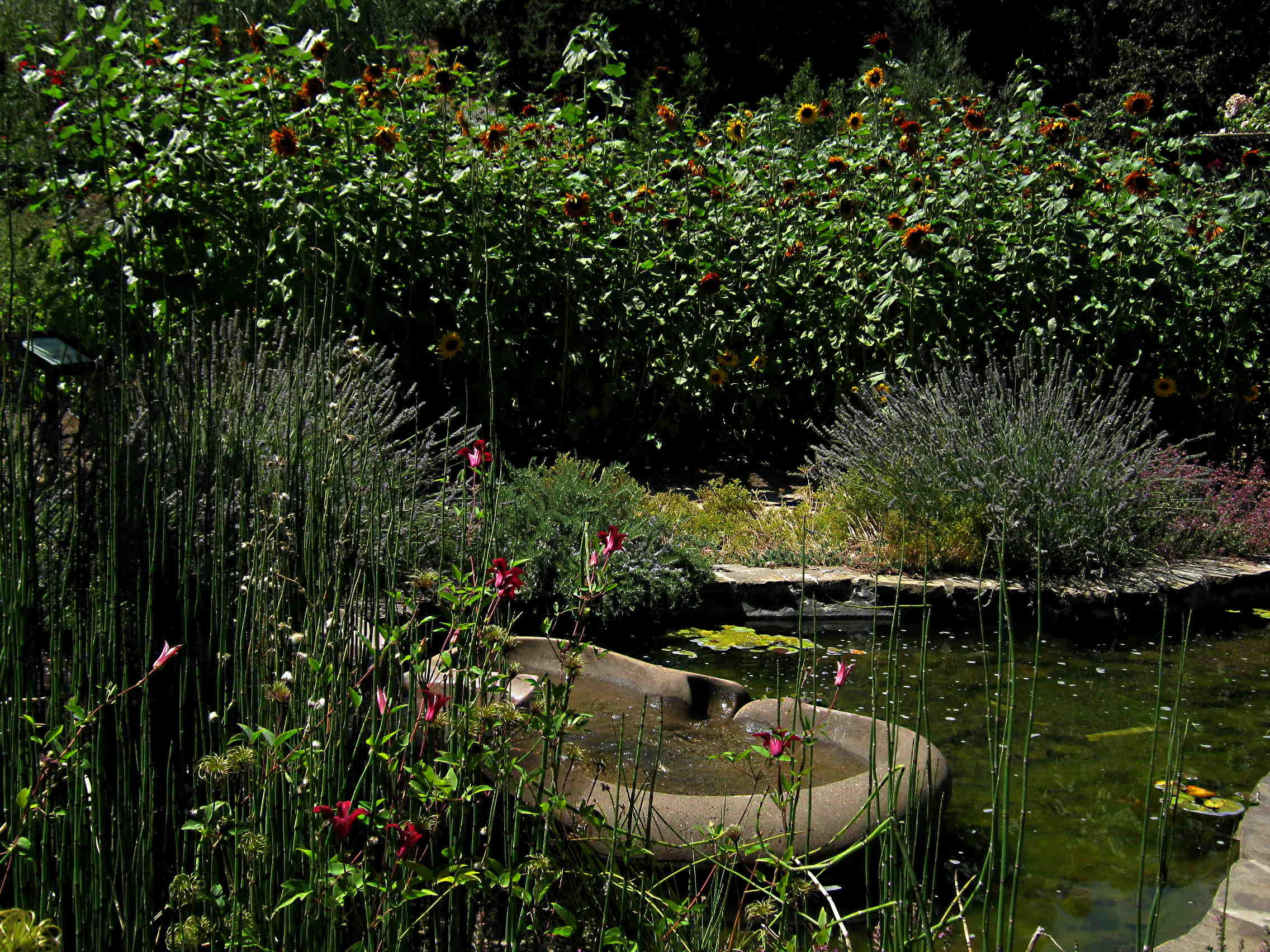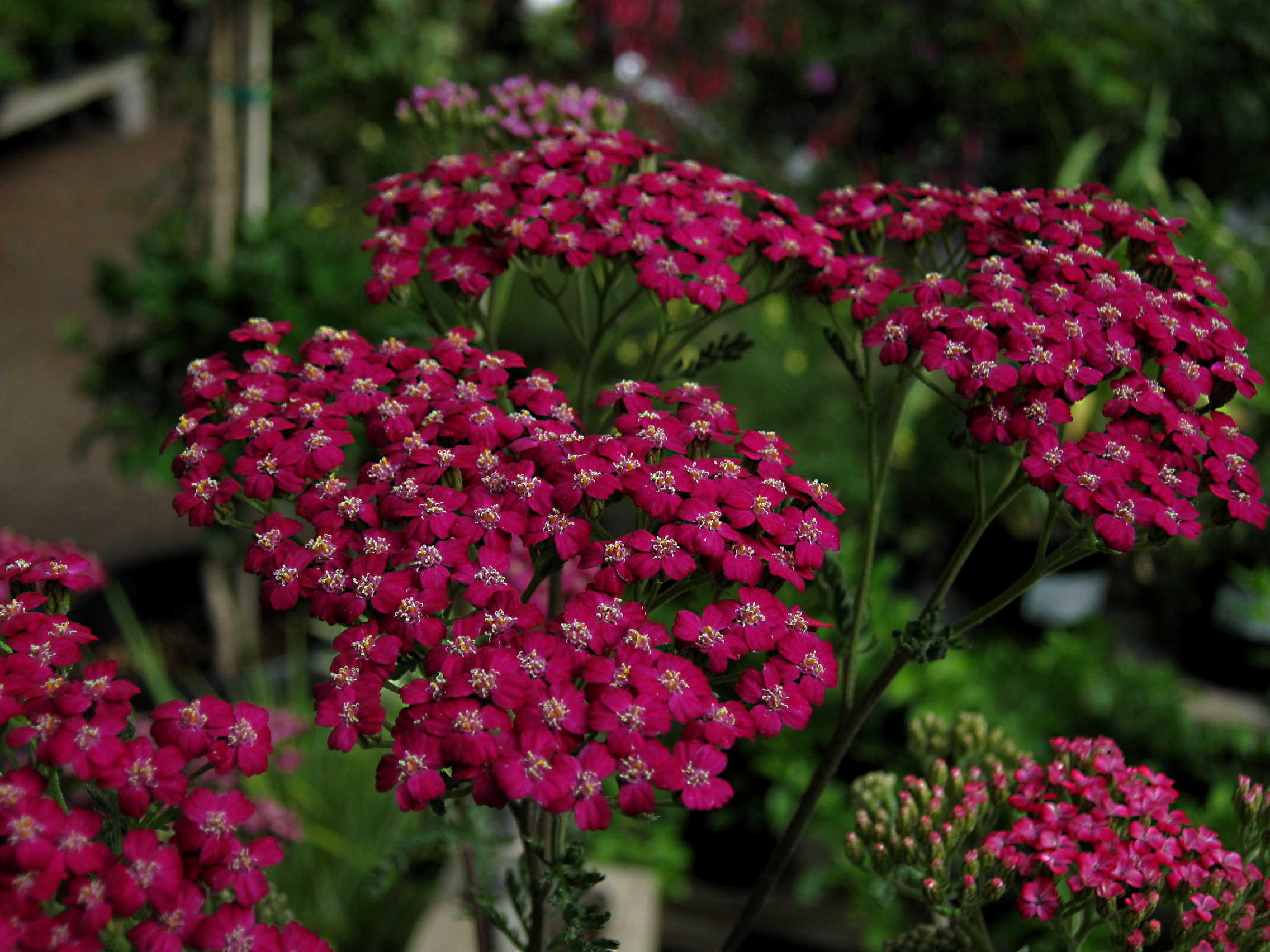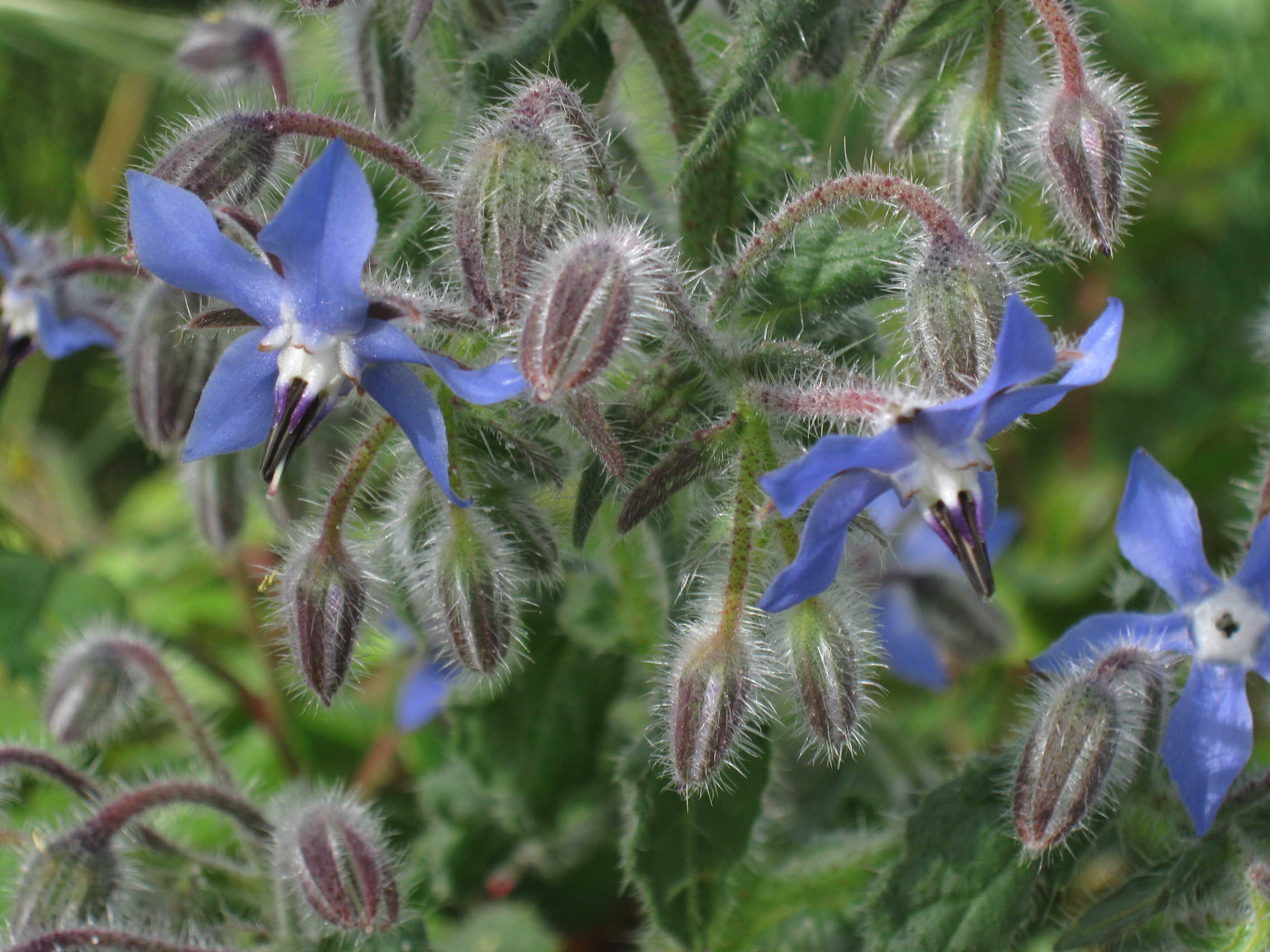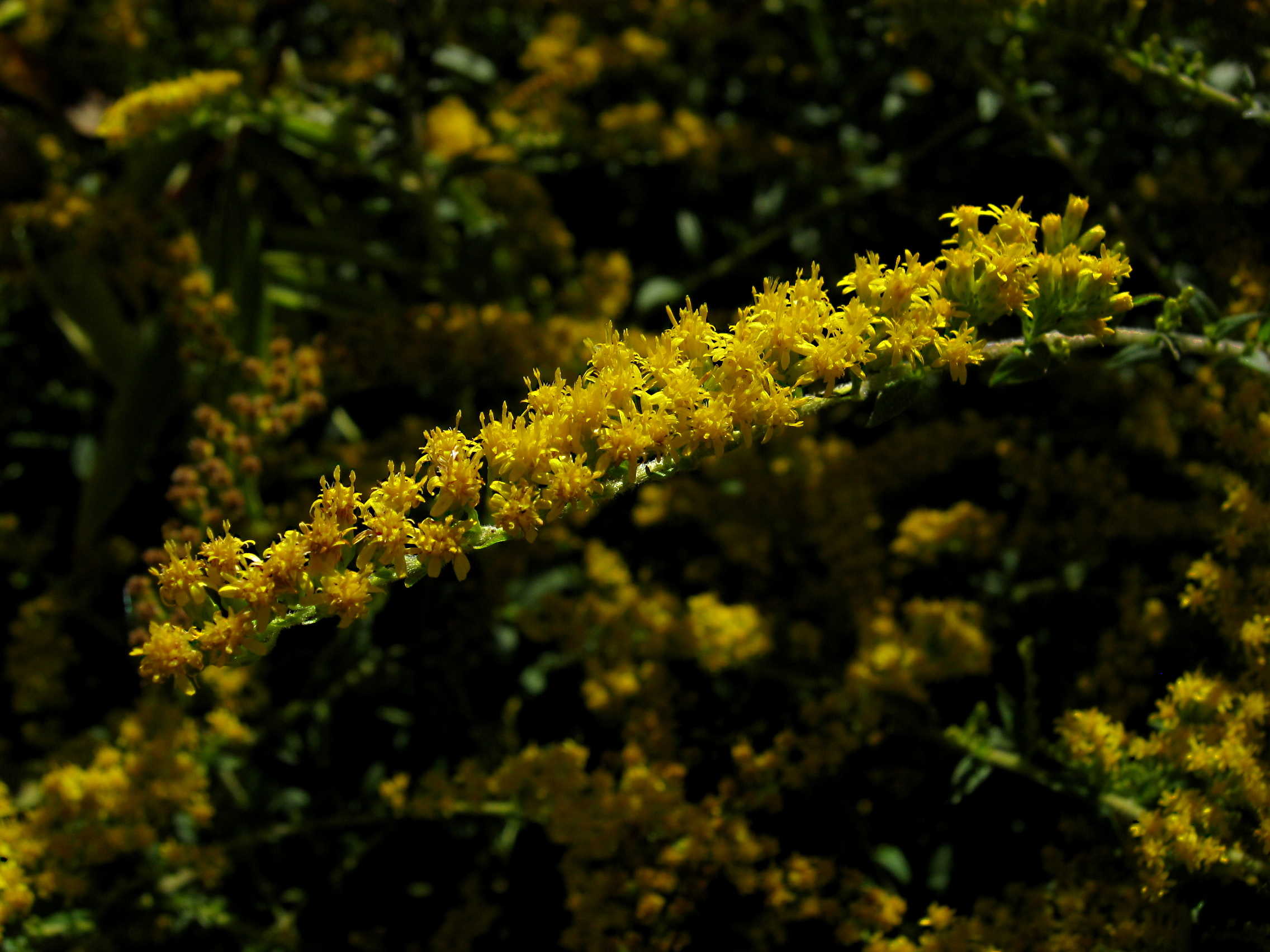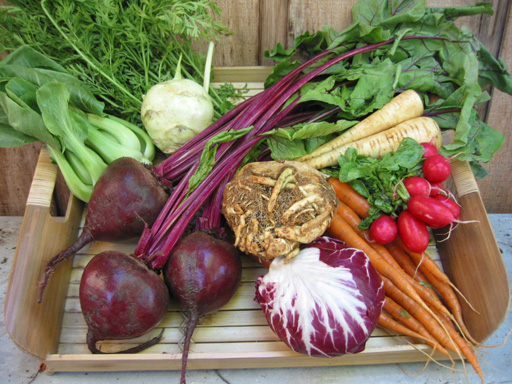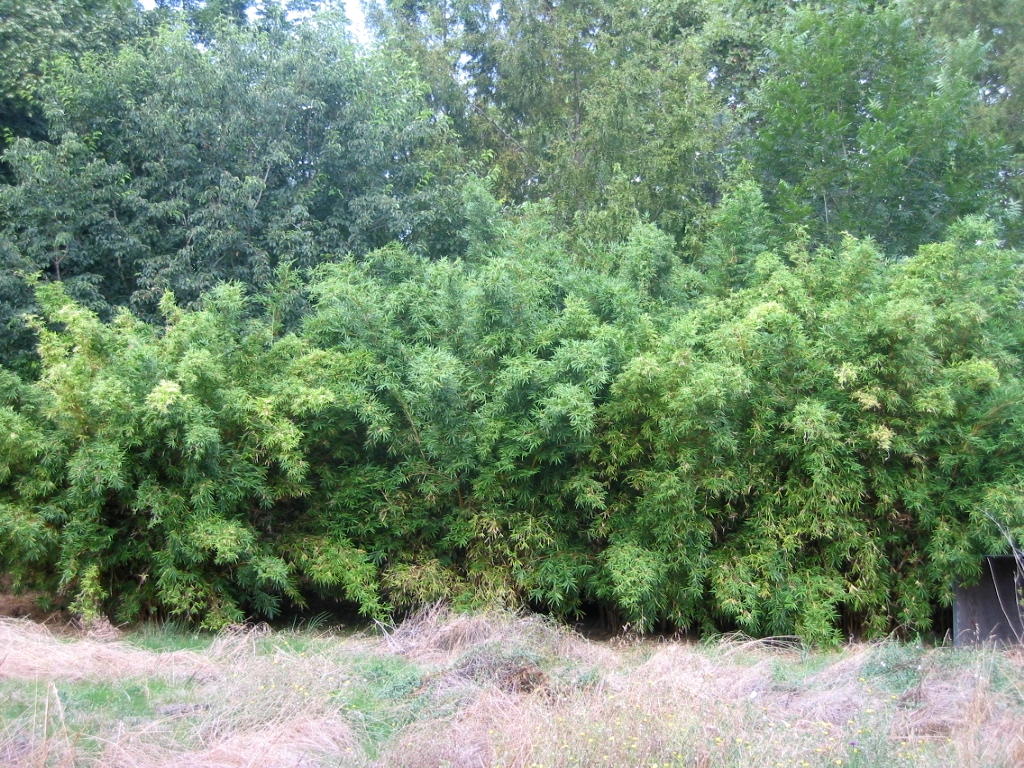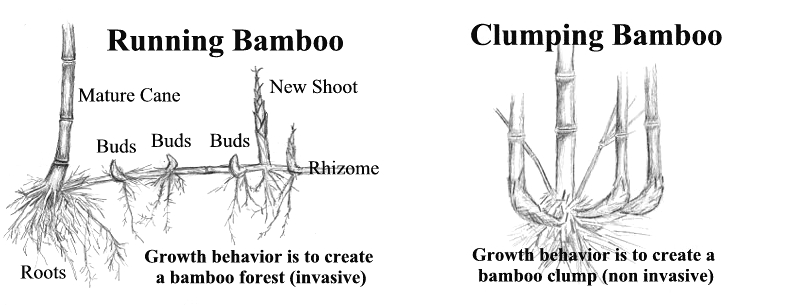Satsumas and other mandarins
Written for the Davis Enterprise, December 23, 2010
Click on any image for a larger version
We get questions, this one from Davis Enterprise columnist Dan Kennedy:
Please tell me about satsumas and the other types of mandarins: what they are, which are best here, why a frost improves the flavor, and how to grow them.
Dan's recent column [Satsumas, the sweetest citrus, Dec. 8 2010, Davis Enterprise, available to subscribers at their web site] focused on the buying and eating part, and touched on how to grow them. But questions about citrus always seem to beget more questions, as they are a complex group of fruit trees.
Mandarin oranges are a sign of the holiday season in California. In my Southern California childhood it was a Dancy tangerine that filled the toe of the Christmas stocking. We'd spit the seeds at each other out on the dichondra lawn as we waited for the grownups to waken. Dancy is a rich-flavored, juicy, seedy, easy-to-peel type of mandarin orange (tangerine and mandarin are interchangeable terms) that ripens in time to market for the holidays.
What exactly are these Satsuma mandarins we grow?
Satsuma is a generic term for a number of different varieties of (mostly) seedless, easy-to-peel mandarin oranges. The UC Riverside Citrus Variety Collection site lists over a hundred different clonal lines called mandarins, representing a couple of dozen species, numerous hybrids, and many bud sports. Of those, over three dozen from various sources are called Satsumas. Owari Satsuma is the best known, and the classic reference The Citrus Industry (1967) describes Owari as "of ancient and unknown Japanese origin presumably from the old province of Owari, whence the name."
Most common in California is a variant called Frost Owari. H. B. Frost was a researcher at the UC Riverside Citrus Station in the early 1900's. The name has nothing to do with cold-hardiness. (There is also a Frost Lisbon lemon and a Frost Marsh grapefruit, named in honor of Frost's work at developing nucellar seedling clones. That's a whole 'nother column.)
Satsuma, a name we apply to popular mandarin and plum varieties, is just a region of Japan. Be careful what you ask for if you're visiting: they don't call them "satsumas" there, but they do apparently use the term for a type of sweet potato! From a blog: "The area of Satsuma is not famous for tangerines and so it's very strange for us Japanese that Satsuma indicates tangerines in English."
What is a bud sport?
It is a naturally occurring mutation on a branch that differs sufficiently to be noticed and propagated as a separate variety. They occur in many plant, including roses and fruit trees and especially citrus. Bud sports may differ in size, color of the flesh or peel, how early they ripen, variegation of the foliage, etc.. For example, I sometimes get Dobashi Beni Satsuma trees from one grower, "reported to be a limb sport of Owari in the orchard of K. Dobashi in 1940 [in Japan] … Distinctive only because of its deep orange-red color."
What are some other mandarins?
Clementine is another great-selling variety. It ripens later and has somewhat tighter skin. There are several clones of Clementine. In some cases, particularly some earlier-ripening clones, seed is produced when the flower is pollinated. Seeds in a mandarin reduce the market value, so growers want to isolate them from bees to try to keep them seedless. This has led to a dispute between beekeepers and Clementine growers, as the citrus growers want bee-free zones of two miles around their groves!
Cuties® is a marketing device for selling smaller Clementine and Murcott mandarins.
Similar-sounding Pixie is a new variety of mandarin that ripens later and holds up well after harvest, so it extends the mandarin season. There are others: Four Winds Growers in Winters lists 13 different varieties of mandarins for our region.
Why is the fruit sweeter after a frost?
It is the conversion of malic and citric acids to sugars that makes the fruit palatable, and this tends to occur with cold temperatures. Conversion of acids and starches to sugar creates a natural anti-freeze in fruit, leaves (kale leaves are sweeter after frost), stems (maple syrup!), and roots. Preferably not hard freezing temperatures for citrus, as that causes breakdown of the flesh into undesirable off-flavored components and releases bitter compounds from the membrane.
A freeze can do considerable damage to the crop from damage to the trees, but also by making the fruit unusable even for juice. If the growers move fast, they can harvest and process the fruit quickly before off-flavors develop. When a regional freeze threatens, you may see workers harvesting citrus in the middle of the night!
Which ones can we grow?
All mandarins grow readily here, and varieties can be selected for early or later ripening. For example, Owari + Clementine + Encore + Pixie provides fruit from November nearly into summer. The small trees can be planted quite close together to maximize fruit production in a small yard.
Mandarins are among the cold-hardiest citrus. Four Winds Growers recommends frost-protection at 28 degrees, but my Owari trees and fruit have tolerated temperatures into the low 20s without damage. Gold Nugget and Yosemite are new patented varieties that are even more tolerant of cold.
Growing tips!
These small, slow-growing plants can be trained as shrubs or small trees, and can be kept in large containers for many years.
As with all citrus:
- -- plant in a warm, sunny location: as they say at Four Winds Growers, "where the cat sleeps in the sun, citrus grows well;"
-- dig a wide hole, loosening the soil but not amending it;
-- plant "crowned up" -- i.e., with the tree set on a slight rise;
-- make a watering basin around the tree so you can soak it thoroughly and infrequently;
-- fertilize regularly: monthly (or at least seasonally). Adjust pH with soil sulphur, and correct micro-nutrient deficiencies as needed.
Expect fruit beginning in 3 - 4 years, with yields increasing each year thereafter.
More questions:
How long are they ripe, and how can you tell?
The skin loosens over time but is not a reliable indicator of sweetness. It does tell you that the fruit will soon be past its prime. Color of the peel is not a reliable indicator, either. Go by the calendar and sample the fruit, starting in late November. Satsuma mandarins have a narrow ripening range. Around here they are edible by Thanksgiving, though tart; great for the holidays and into January, and then they spoil quickly after rainy periods in January. By February they are puffy and poor quality. Rain is a big factor: the thin peel of satsumas is easily bruised (compared to, say, a navel orange) and rots quickly, damaging the fruit.

Why is the Owari Satsuma mandarin so popular? It's easy to peel and break into segments, seedless, sweet and juicy, and early ripening. Satsumas ripen November through January, marking the start of the citrus season. And it is one of the hardiest citrus for our area. Other mandarin varieties ripen January through spring, with some new types holding on the tree into the early summer.
Visit Redwood Barn Nursery's Home Page |










